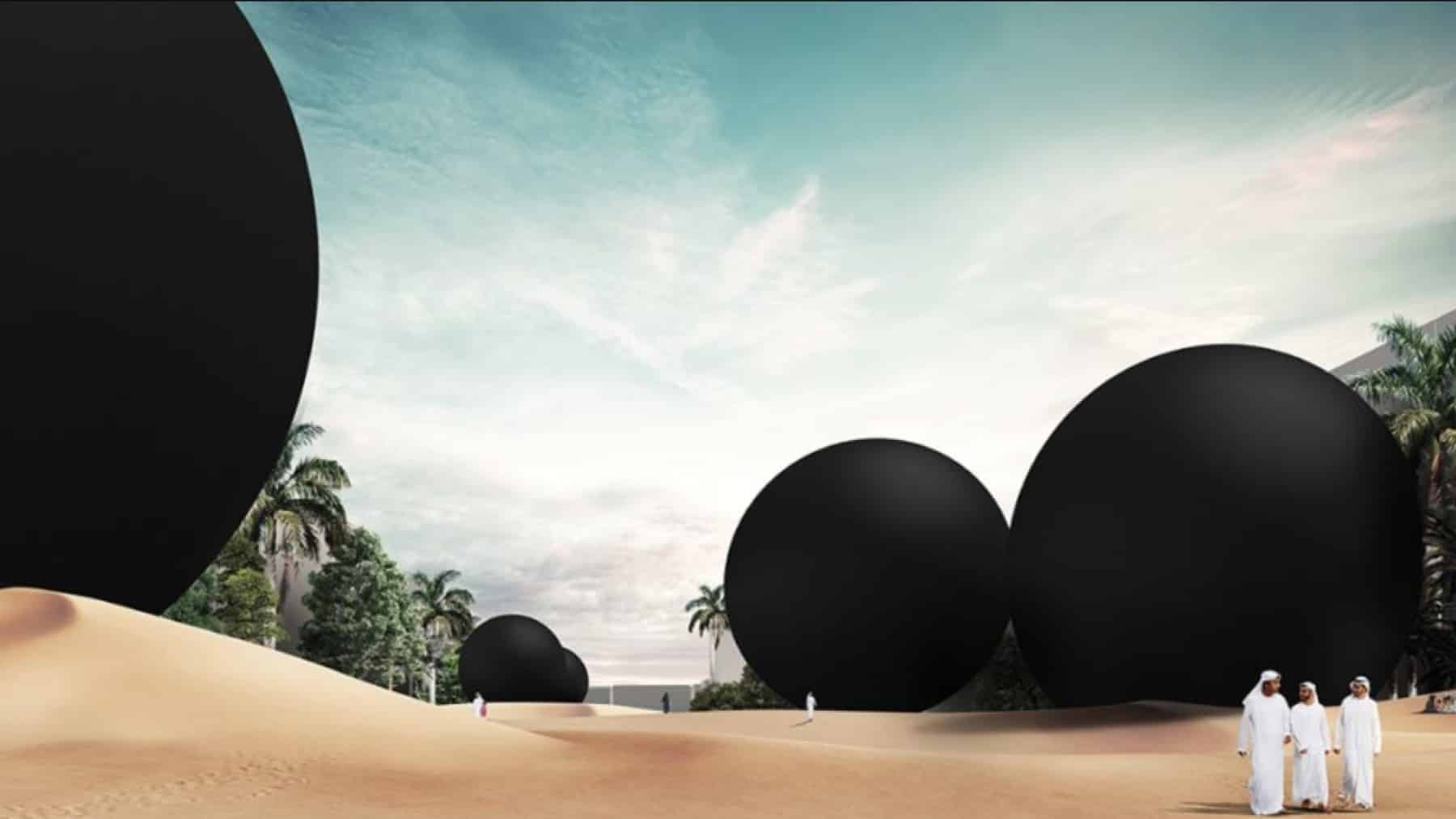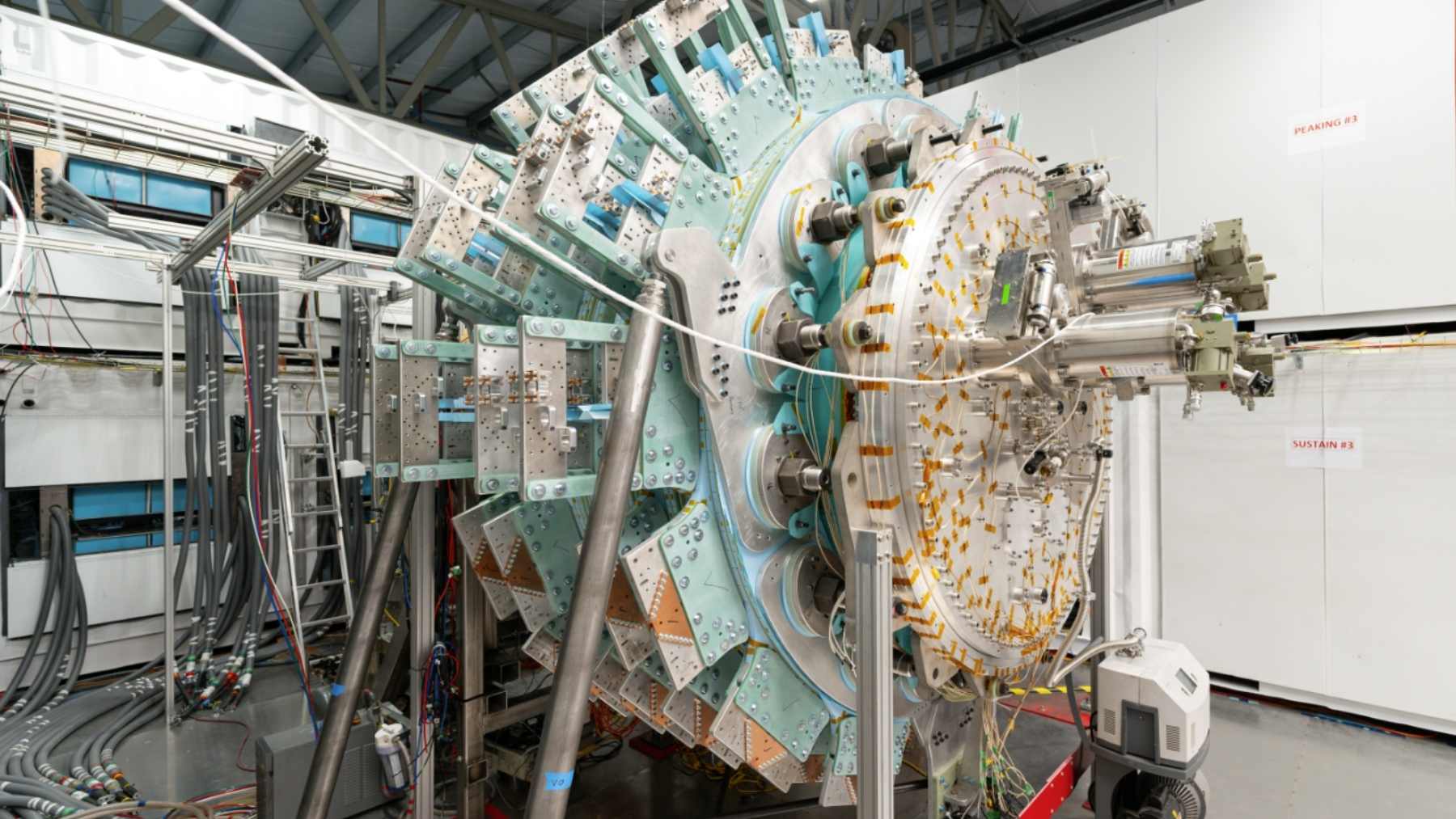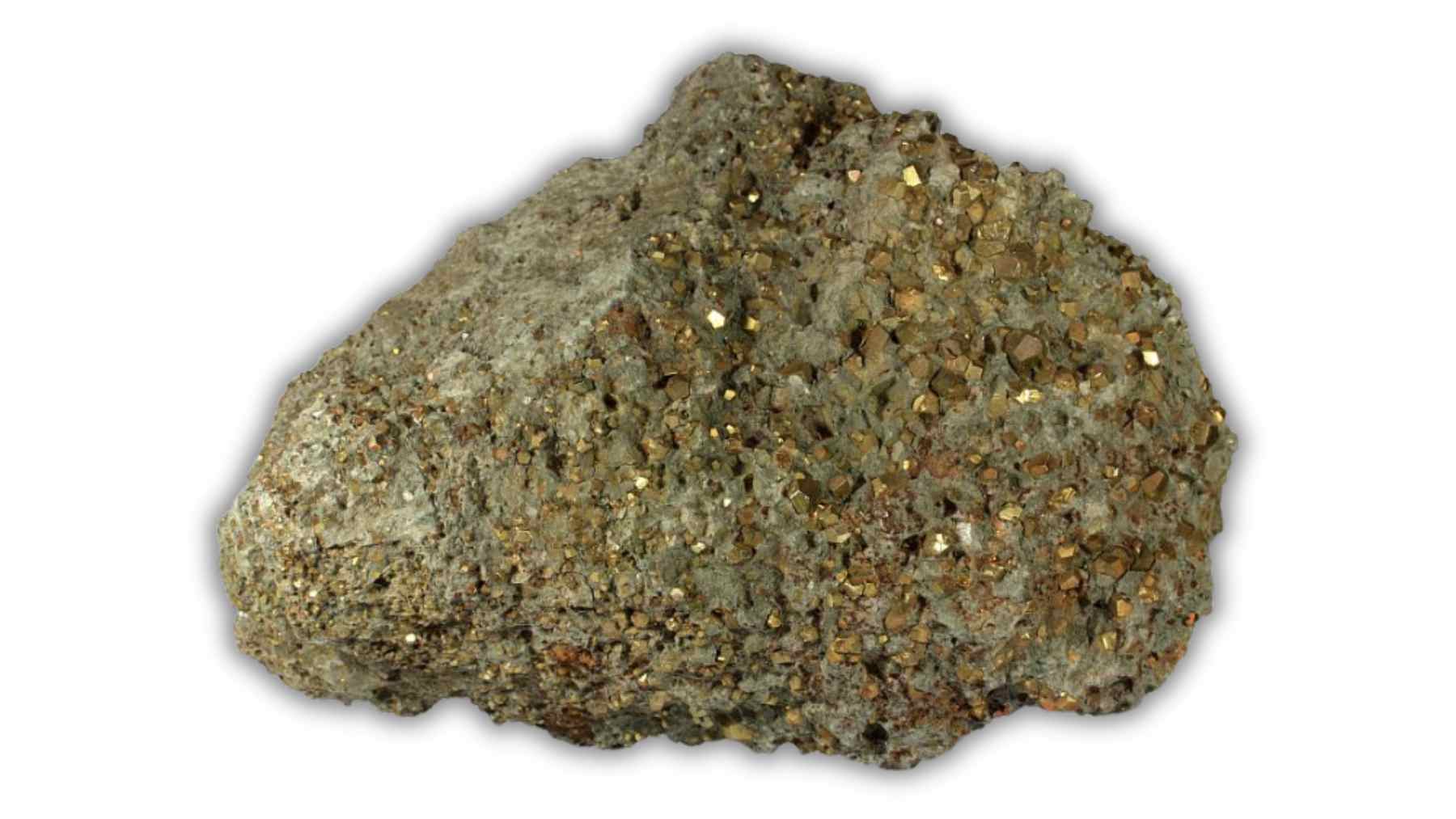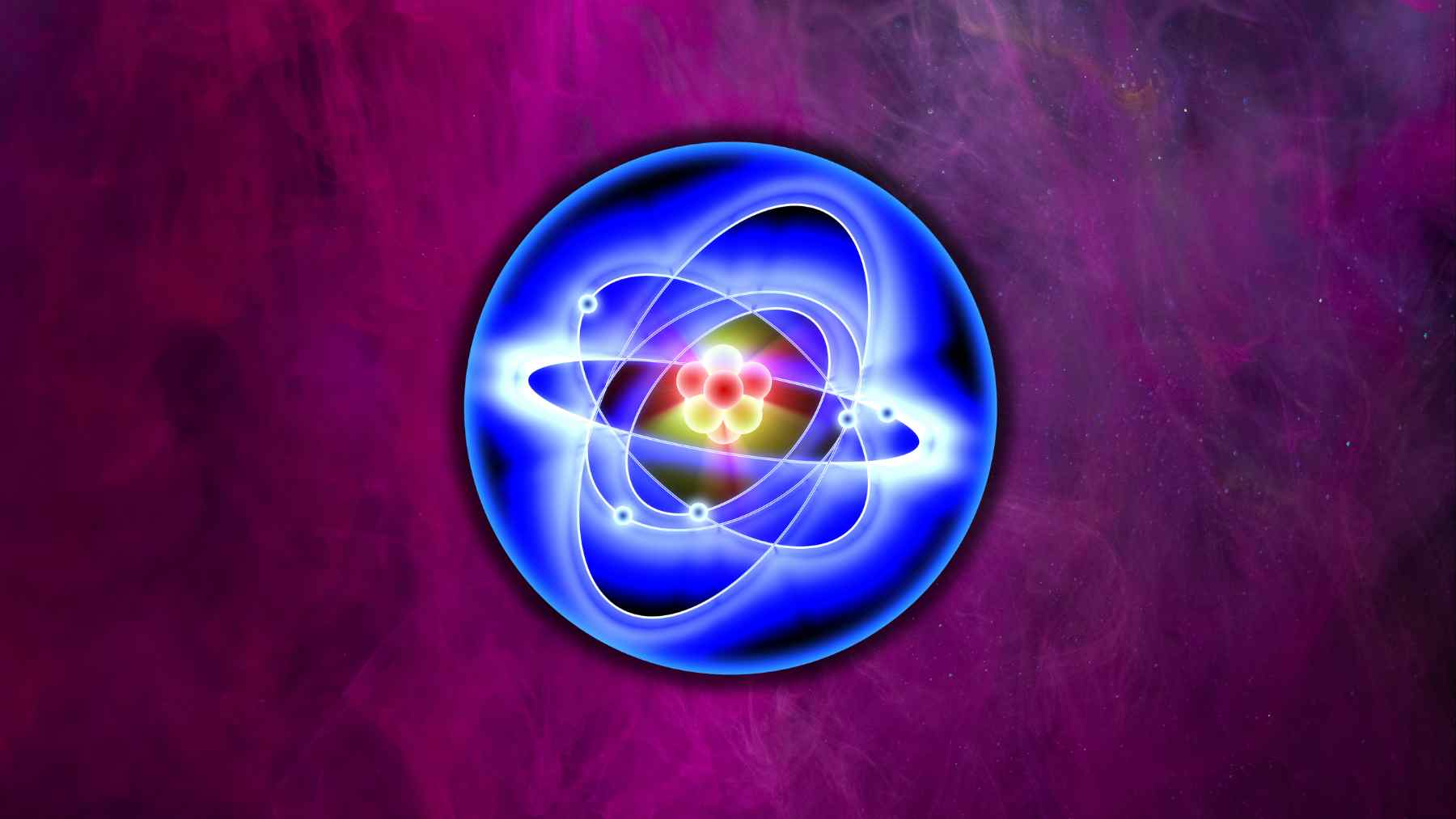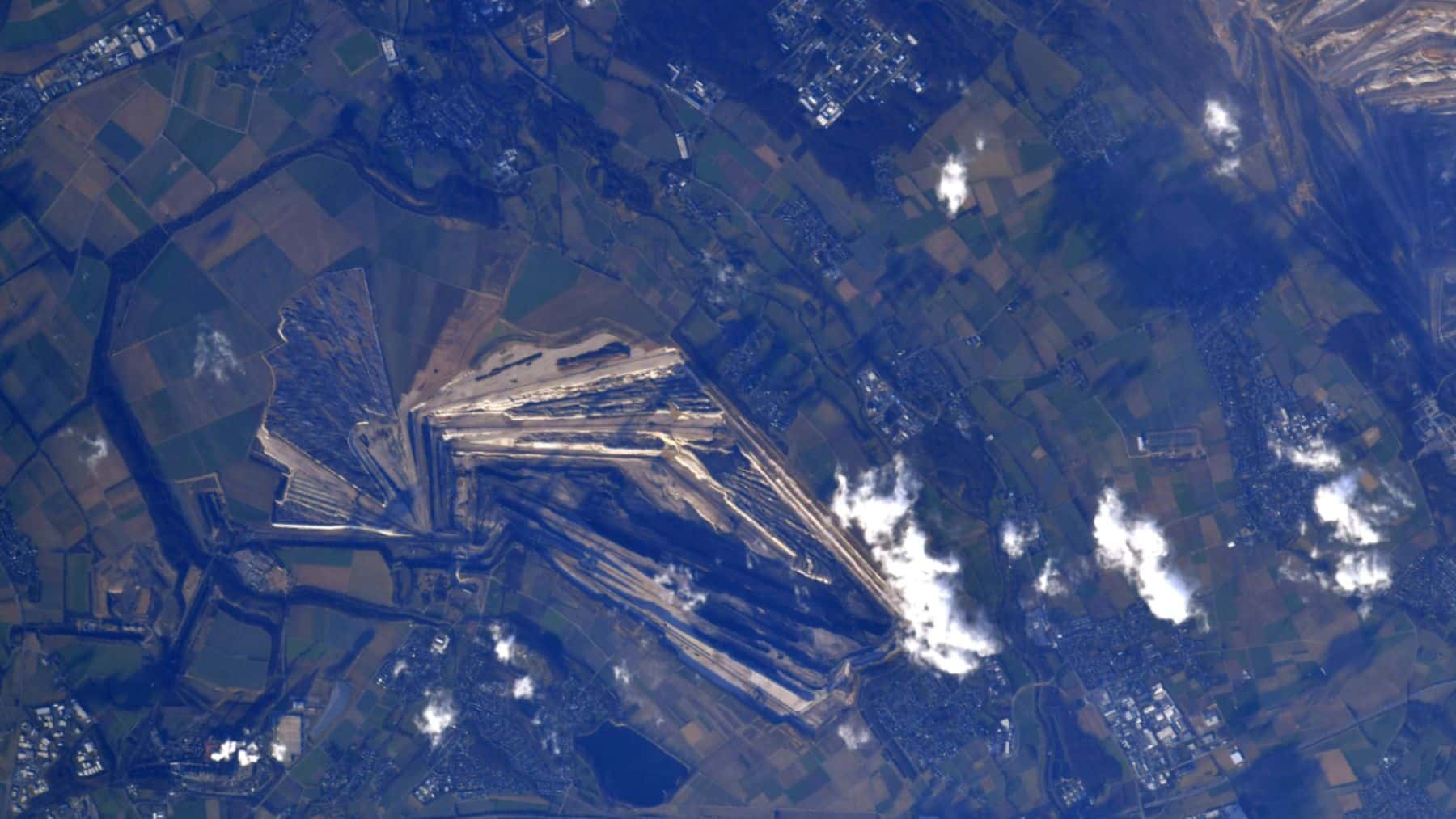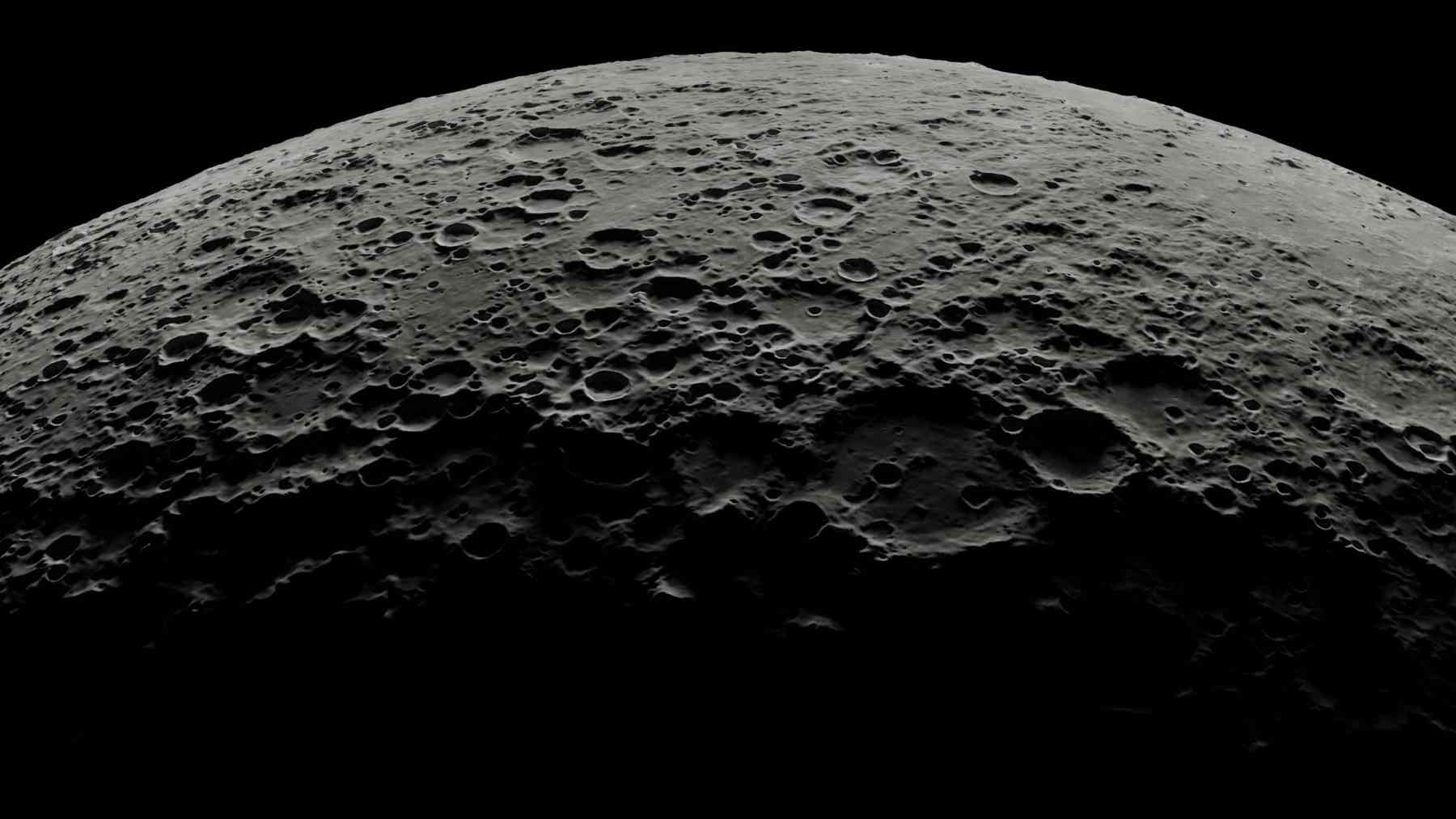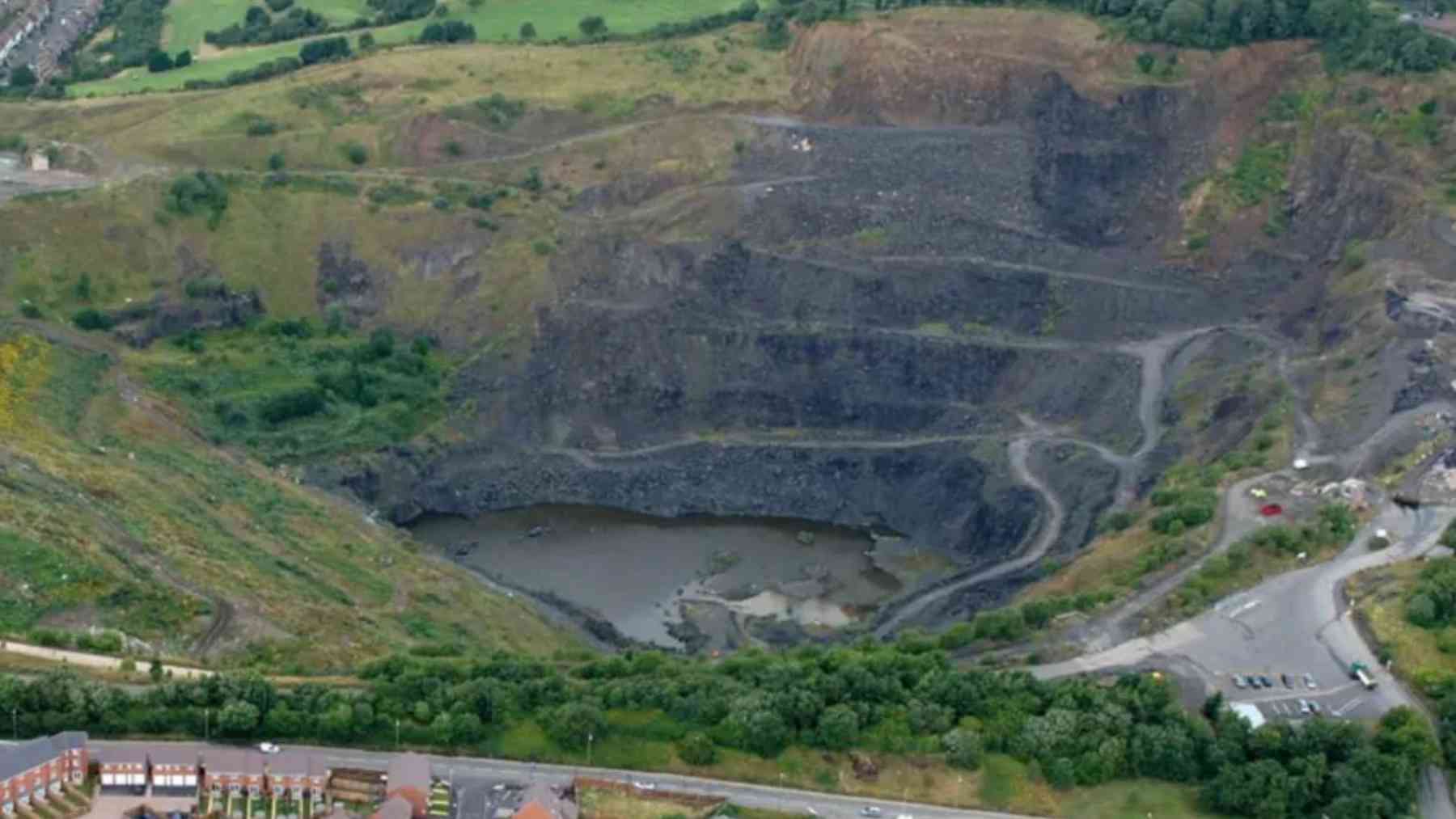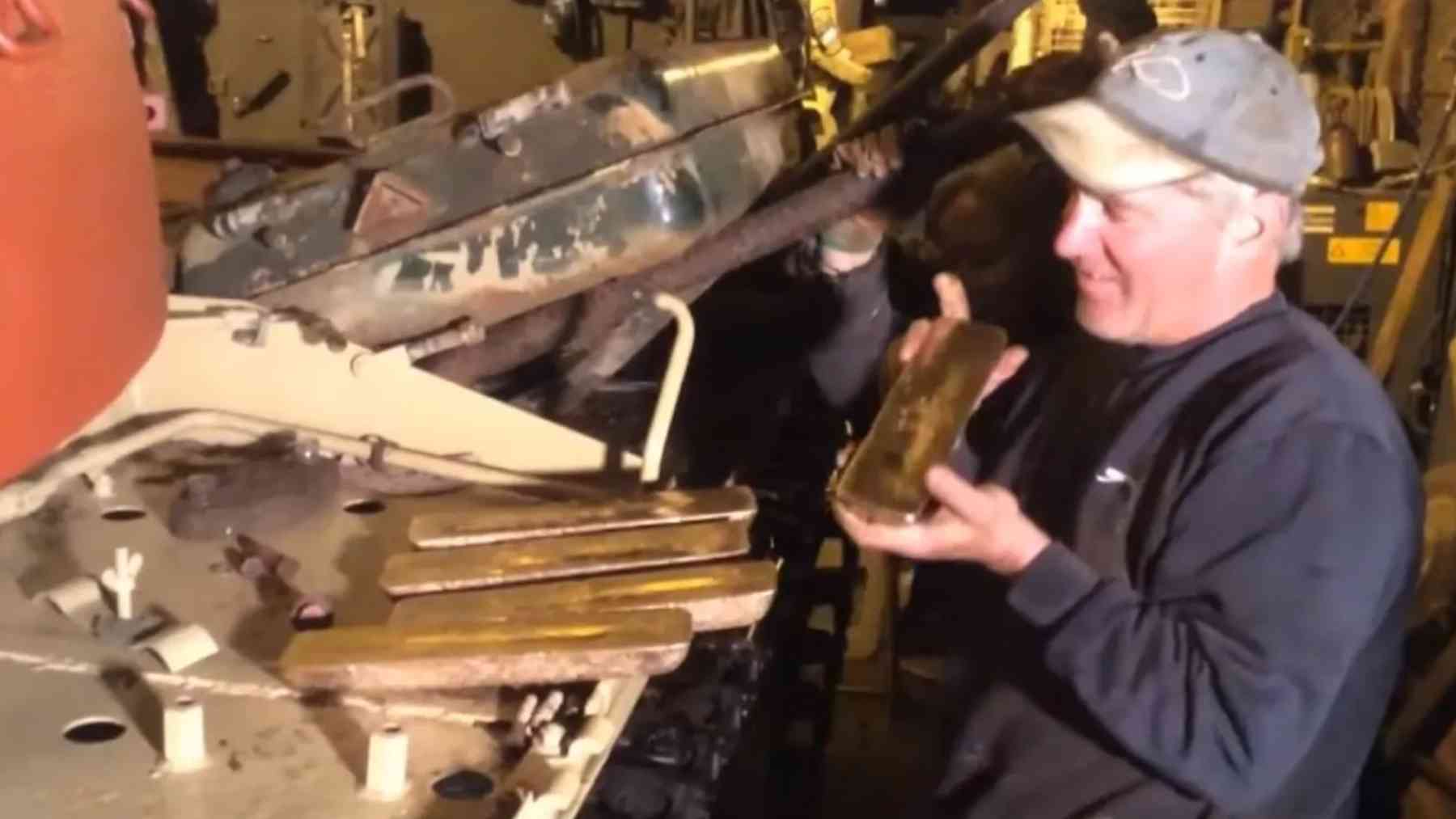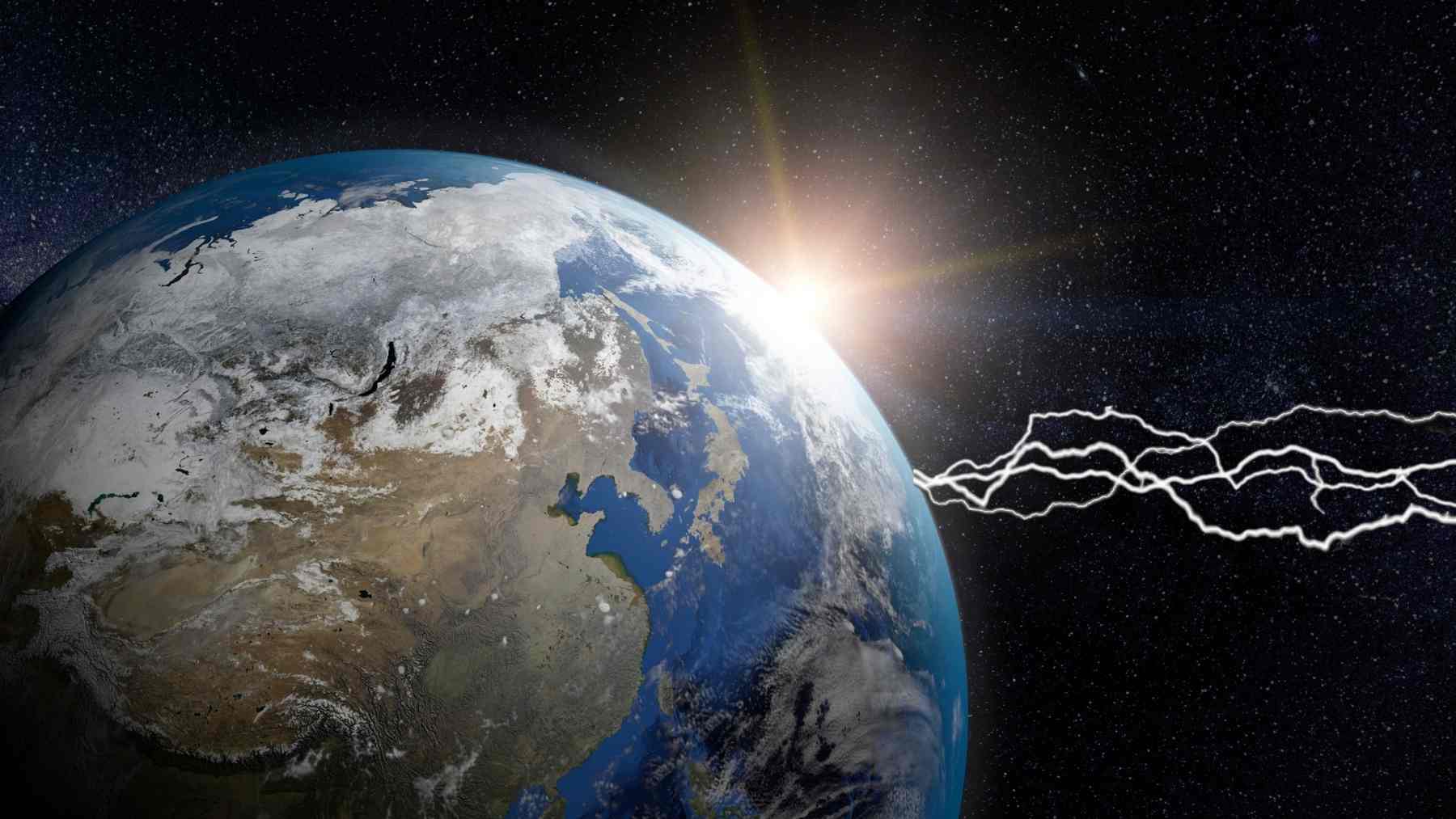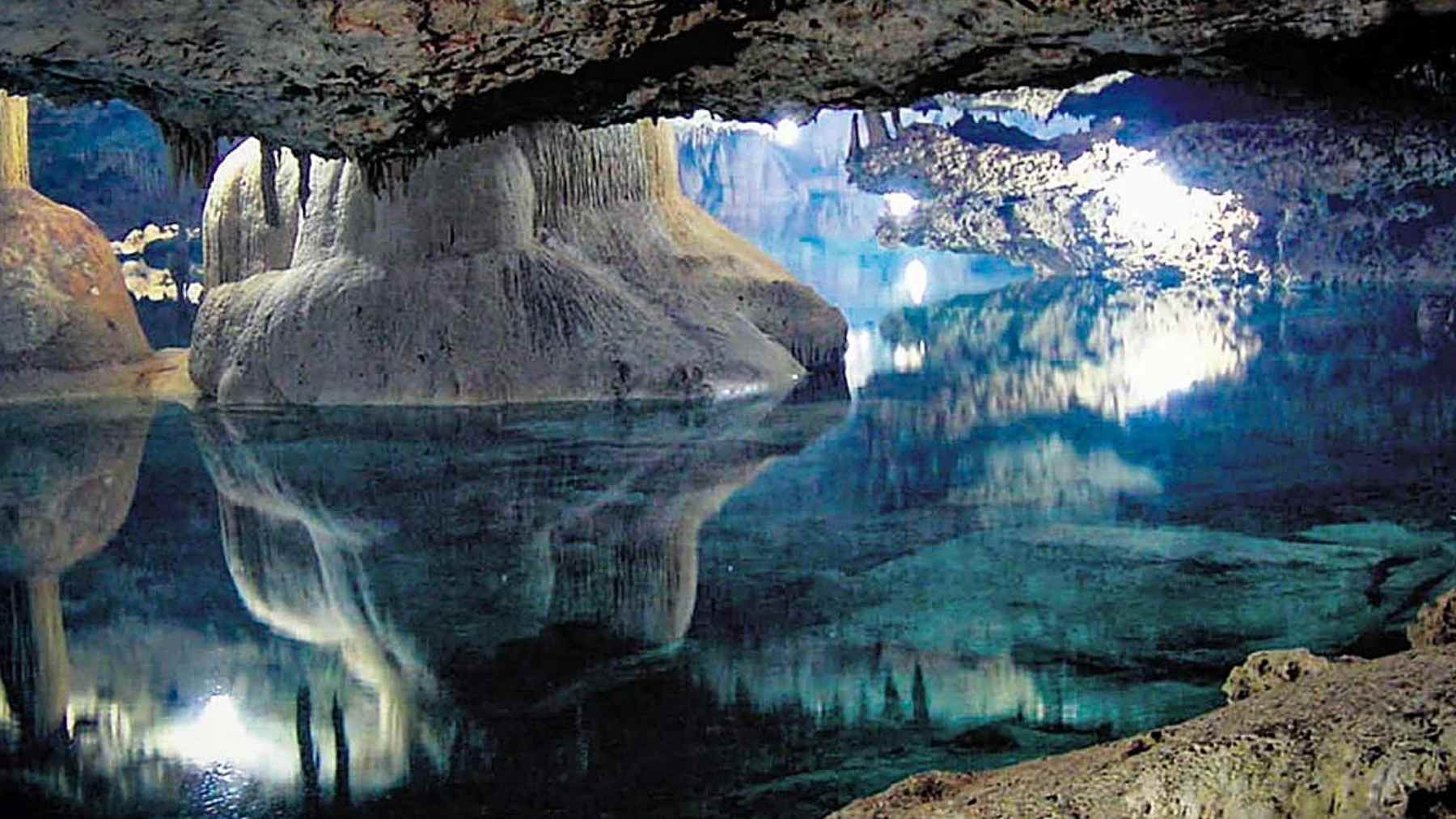While the desert is known for being rather hostile, a sphere set has rather recently been placed in the desert that will collect solar energy as the sun’s temperatures in the drier arid regions are ideal for solar heat collection. Meant to gain energy and not merely for aesthetic appeal, the Unexpected Scenarios is made up of two plazas that were designed by a Tokyo-based team. One of the plazas from Unexpected Scenarios tells the tale of what happens when nature and technological advancements collide, offering 175 MWh yearly.
The spheres sustaining hope in the form of solar energy
It was the Unexpected Scenarios team, led by Riccardo Daniel, Kei Shiho, and Francesco Feltrin, that reinvented the way solar energy can be collected and stored in high-radiation environments. In putting forth the idea of the desert sphere, solar thermal collection was considered via a Stirling heat engine to maximize temperature efficiency in desert-like conditions. The point of the system is to capture heat, which then gets converted to power the Stirling engine.
Since thermal energy is abundant in the desert setting, the focus on thermal energy for this sphere set is of utmost importance. The large black sphere is curved, and its surface is filled with reflectors and absorbers, ensuring that sunlight is concentrated more toward a central receiver. The solar sphere is meant to ensure maximal solar collection whilst reducing thermal loss and getting the engine to operate efficiently throughout the day.
Spheres, unlike any other, with a focus on hydrogen
The main distinction between this system and traditional solar installations is that the spheres rely on calcium hydride reactors that enable hydrogen energy storage. All collected thermal energy gets transformed into excess energy to be used immediately or to be stored through an interaction meant to produce hydrogen. The hydrogen gets bound with calcium, which forms calcium hydride.
When solar input is nonexistent, the calcium hydride tends to release hydrogen gas. This hydrogen, in turn, generates electricity or heat, providing energy when needed. This two-tier storage system makes use of thermal inertia and chemical hydrogen storage to ensure grid independence. The core focus of this Unexpected Scenarios project was to address solar solutions’ greatest challenge.
A sustainable desert initiative with no environmental costs
While this is quite a technological masterpiece to marvel at, it is a sustainable initiative that results in zero emissions during operation. Yet, 99,96% of the sun’s energy gets captured in the process. The fact that the system relies on no water for cooling makes it an ideal solution. The overall design is completely scalable as well.
Part of the initiative is two plazas, one that sees black spheres collecting solar energy, and yet another white inflatable sphere that is used to host public events. If mysterious energy can be discovered in Egypt’s pyramids, the chance to gain energy even in a desert setting is most certain.
Storing the energy of the sun to ensure an off-the-grid solution
Capable of producing an annual energy output of 175 MWh, this is an off-the-grid solution that will work well in remote and developing regions that have a stronger solar potential. The team behind Unexpected Scenarios ensured technical excellence.
The black desert sphere is a futuristic solution even in the most harsh environments and is a lucrative solution in terms of the climate crisis. Unexpected Scenarios is an innovation that proves that necessity can yield the best possible sustainable results, especially for citizens in Abu Dhabi who will socialize by the landmark too. Soon, we will be saying goodbye to rooftop panels as yet another 100-foot-tall tower powers cities silently.
Disclaimer: Our coverage of events affecting companies is purely informative and descriptive. Under no circumstances does it seek to promote an opinion or create a trend, nor can it be taken as investment advice or a recommendation of any kind.
